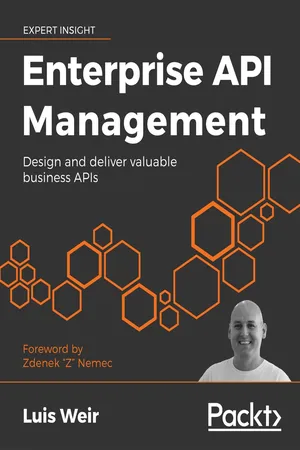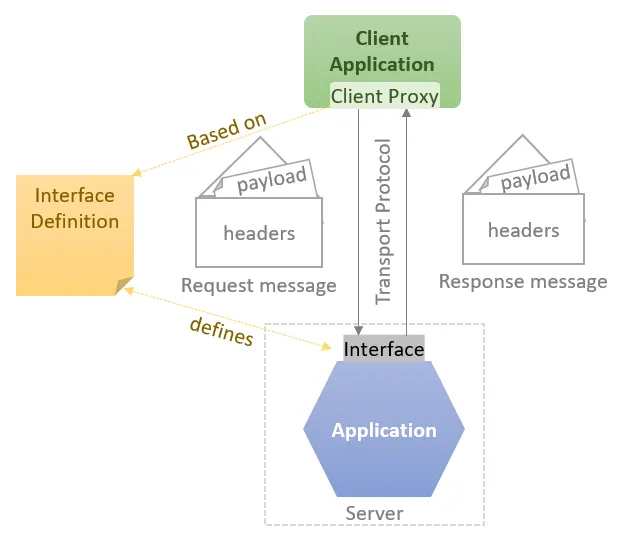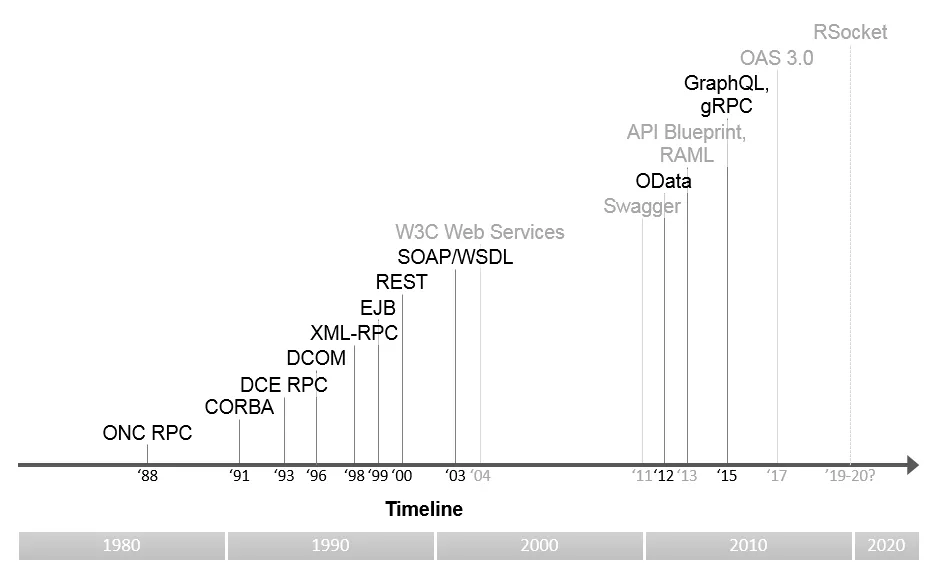
- 300 pages
- English
- ePUB (mobile friendly)
- Available on iOS & Android
About This Book
A strategy and implementation guide for building, deploying, and managing APIs
Key Features
- Comprehensive, end-to-end guide to business-driven enterprise APIs
- Distills years of experience with API and microservice strategies
- Provides detailed guidance on implementing API-led architectures in any business
Book Description
APIs are the cornerstone of modern, agile enterprise systems. They enable access to enterprise services from a wide variety of devices, act as a platform for innovation, and open completely new revenue streams.
Enterprise API Management shows how to define the right architecture, implement the right patterns, and define the right organization model for business-driven APIs.
Drawing on his experience of developing API and microservice strategies for some of the world's largest companies, Luis Weir explains how APIs deliver value across an enterprise. The book explores the architectural decisions, implementation patterns, and management practices for successful enterprise APIs, as well as providing clear, actionable advice on choosing and executing the right API strategy in your enterprise.
With a relentless focus on creating business value, Luis Weir reveals an effective method for planning, building, and running business products and services with APIs.
What you will learn
- Create API strategies to deliver business value
- Monetize APIs, promoting them through public marketplaces and directories
- Develop API-led architectures, applying best practice architecture patterns
- Choose between REST, GraphQL, and gRPC-style API architectures
- Manage APIs and microservices through the complete life cycle
- Deploy APIs and business products, as well as Target Operating Models
- Lead product-based organizations to embrace DevOps and focus on delivering business capabilities
Who this book is for
Architects, developers, and technology executives who want to deliver successful API strategies that bring business value.
Frequently asked questions
Information
Modern API Architectural Styles
A brief history of interfaces
https://www.computer.org/csdl/proceedings/afips/1968/5072/00/50720533-abs.html
The rise of RPC
- It made use of the External Data Representation (XDR) standard to define an interface that both server and client applications should comply with.
- It made use of XDR as the means to serialize and deserialize data over the wire (basically request and response messages).
- It made use of the still-widespread Transmission Control Protocol (TCP) or User Datagram Protocol (UDP) as transport.


https://www.soa4u.co.uk/2019/02/a-brief-look-at-evolution-of-interface.html
RPC and object-oriented programming
Table of contents
- Title Page
- Copyright and Credits
- About Packt
- Foreword
- Contributors
- Preface
- The Business Value of APIs
- The Evolution of API Platforms
- Business-Led API Strategy
- API-Led Architectures
- API-Led Architecture Patterns
- Modern API Architectural Styles
- API Life Cycle
- API Products' Target Operating Model